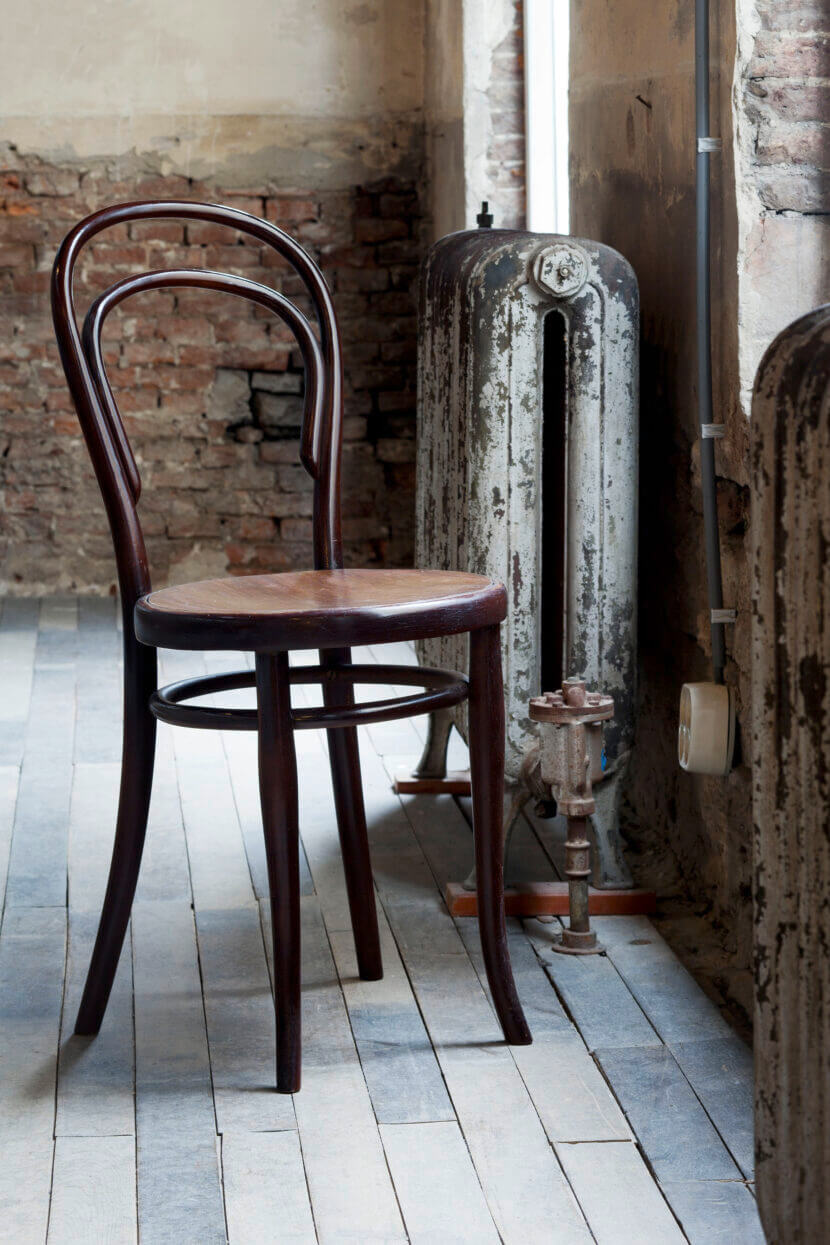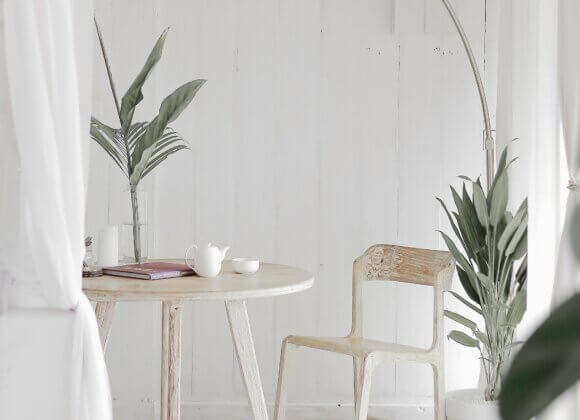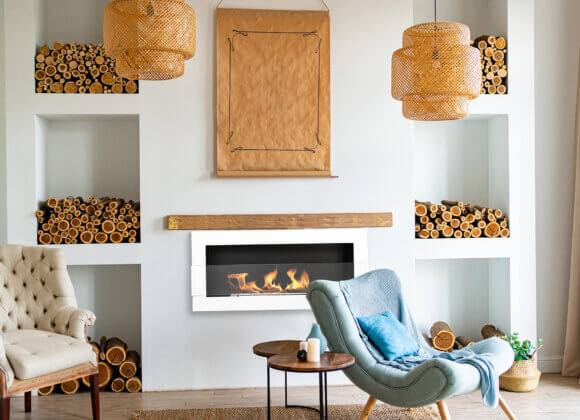With curved shapes and the typical Viennese weave, the furniture manufacturer Thonet conquered the world from Vienna.
Furniture from Thonet continues to enjoy great popularity. Some appreciate them as classics with history and patina, others as timeless design icons with collector value. The furniture can be found everywhere – in private homes, in waiting areas and lounges, in offices and coffee houses, but also in museums. This is because the furniture manufacturer’s designs are among the most significant in furniture history: on the one hand, because of the revolutionary bentwood process that made the curved shapes possible, and on the other hand, because of the innovative modular principle: the individual components were manufactured in a division of labor and combined as required – this enabled rapid production and at the same time significantly simplified transportation.
From the Rhine to the Danube
The groundbreaking innovation was invented by Michael Thonet, a trained master carpenter. After taking over his father’s workshop in Boppard am Rhein in 1819, he began experimenting with strips of veneer, which he boiled in glue and glued together to form sweeping pieces of laminated wood. In 1841, the craftsman met Austria’s Foreign Minister Metternich, who invited him to Vienna.
A year later, Michael Thonet moved to Vienna, and just one year later he was granted a patent for “bending any kind of wood, even the brittlest, into any shape and curvature by chemical-mechanical means”. In his original homeland, he had been denied this. Seven years after moving to Vienna, Thonet founded his own company in Vienna and brought his family to the Danube metropolis.
From then on, things went from strength to strength: Anna Daum, the owner of the Viennese coffee house Daum, gave him his first major order for bentwood furniture, and he returned to Vienna from the London World’s Fair at the Crystal Palace in 1851 with a bronze medal and full order books.
Two years later, Michael Thonet transfers the company to his five sons and continues to run it together with them under the name “Gebrüder Thonet”. The first orders from overseas followed. In 1856, he succeeded for the first time in processing solid wood without gluing, for which long round beechwood rods were bent into shape with the aid of steam and pressure using a tension band and then dried clamped. Thonet also patented this ingenious and efficient process, thus laying the foundation for the industrialization of the company.
Coffee house chair
He finally made his breakthrough in 1859 with chair No. 14, known today as No. 214. With this chair, Thonet conquered not only the imperial city of Vienna, but also the world – the model, also known as the coffee house chair, became the most successful piece of furniture in the company’s history. This armchair proves to be a prototype of sustainable design beyond the death of the company’s founder in 1871: renewable raw material, reduced to minimal consumption, easy to repair. No wonder, then, that the 2021 model was awarded the German Sustainability Award for Design.
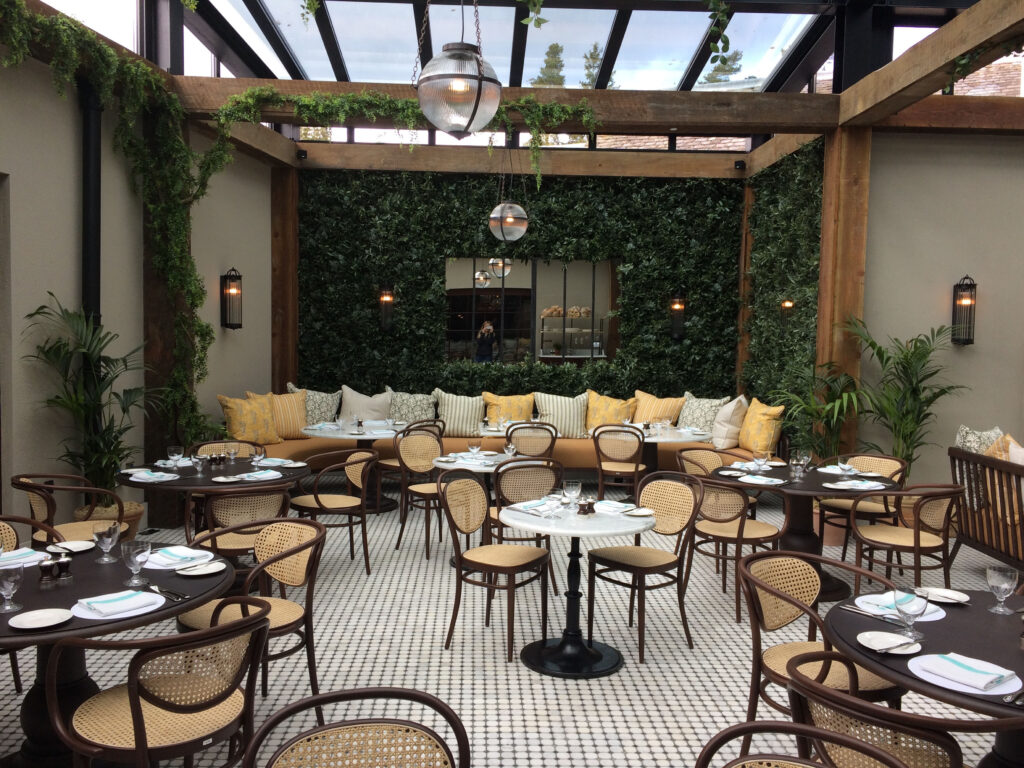
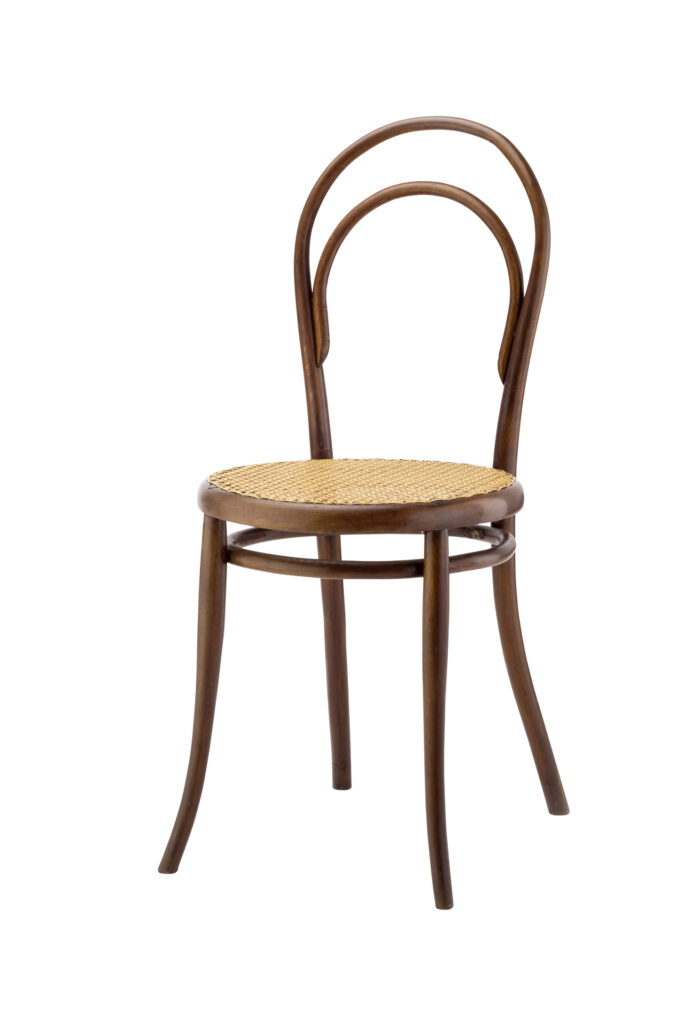
The rise of Thonet
A rapidly growing network of factories was established – in places where raw materials and labor were available on the one hand, and where transportation routes were close at hand to supply the respective markets on the other.
Over the years, Thonet’s sons eventually develop the company into an early global player with branches and sales offices in New York, Ottawa and Moscow.
From the 1930s, Thonet’s heirs concentrated on a second mainstay, namely steel tubes. The company, which collaborated with renowned designers such as Mies van der Rohe, eventually became the world’s largest producer of tubular steel furniture.
Caesura after the Second World War
After the Second World War, however, the plants in Eastern Europe were lost, and the sales office at Stephansplatz in Vienna was destroyed. Between 1945 and 1953, Georg Thonet, great-grandson of the company’s founder, rebuilt the likewise destroyed factory in Frankenberg in northern Hesse, which had been opened in 1889, and economic success soon returned – largely with new products in keeping with the times.
With now technically improved possibilities, Thonet produced existing designs of tubular steel models of Classical Modernism, initially in small series. In addition, starting in the 1960s, Thonet began collaborating again with renowned designers such as Egon Eiermann, Verner Panton and Pierre Paulin.
Collaborations such as these continued to take place: the list of designers working for the furniture manufacturer also includes Stefan Diez, Lord Norman Foster, Alfredo Häberli, James Irvine, Naoto Fukasawa, Piero Lissoni, Glen Oliver Löw, Christophe Marchand, Hadi Teherani and Sebastian Herkner.
Thonet today
The factory in Frankenberg is still family-owned: with Felix and Percy Thonet, the 6th generation of the Thonet family, which goes back directly to Michael Thonet, is now active in the company. Other parts of the company, such as “Gebrüder Thonet Vienna”, which was owned by the Viennese branch of the family until the 1990s, passed into foreign hands over the years.
The Czech company TON obtained the production equipment and machines located at the Thonet factory in Bystritz (Moravia, now Czech Republic), which was founded in 1861, through expropriation after the Second World War. “There is no direct connection to either company on a family, financial or organizational level. So it’s actually quite simple: Only a Thonet is a Thonet,” says the Hessian Thonet GmbH.
Similar articles:
What actually is the “Viennese network”?
Interior classic: The Kitchenaid
D


